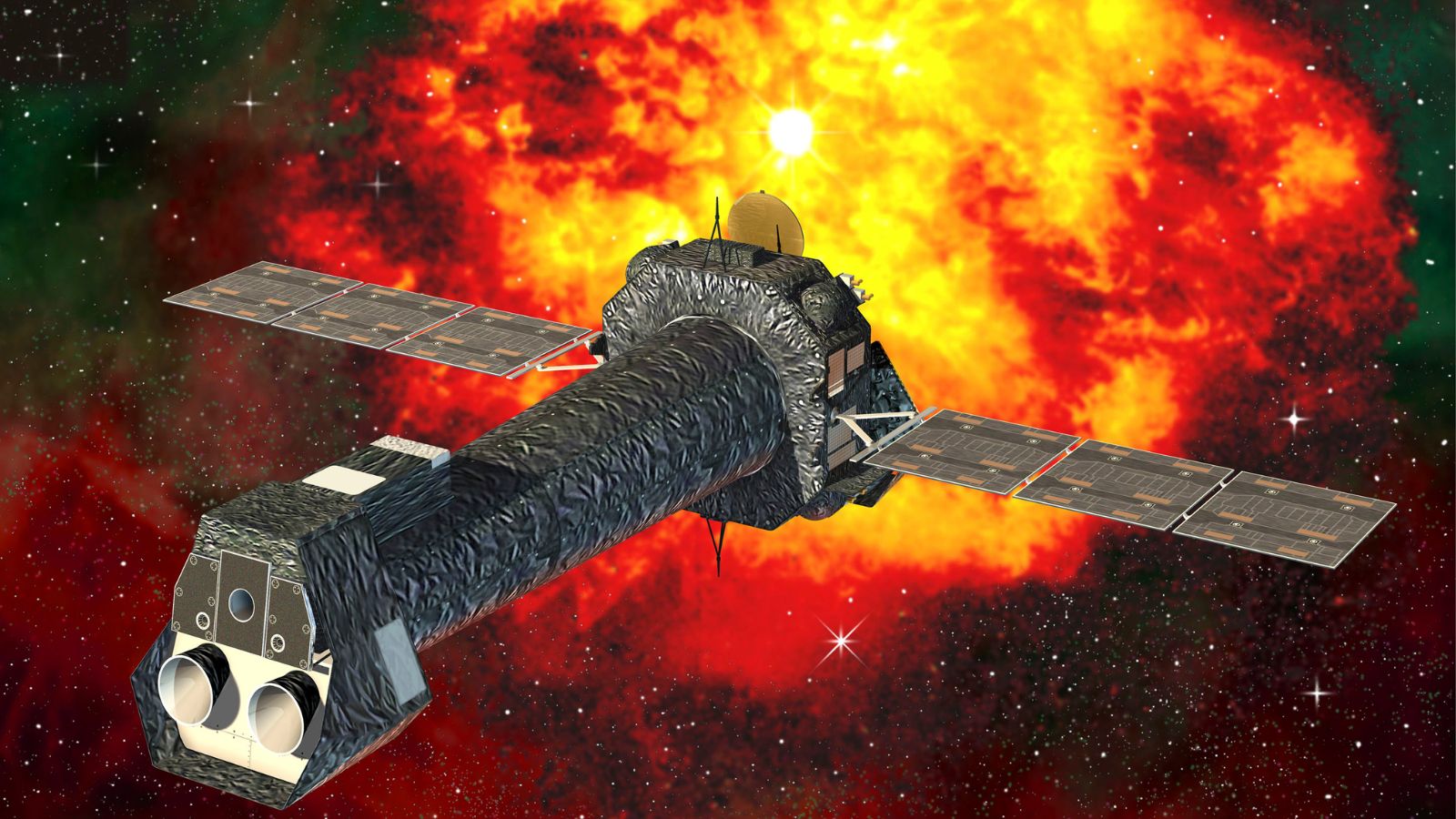According to a new study, the massive explosion observed from a dwarf star was powerful enough to remove the atmosphere of any nearby planets that might resemble Earth. The study published in Nature on November 12 represents the first confirmation of a coronal mass ejection (CME) from a star other than the Sun.
A Type II radio burst, caused by a shock wave from a coronal ejection as it escapes from the star’s atmosphere into interplanetary space, has been detected from a star located 40 light-years away, much further than Alpha Centauri. This discovery is particularly noteworthy because it represents the first conclusive detection of a Type II radio burst from an exoplanet star, providing strong evidence for the existence of a coronal ejection outside our solar system.
The star StKM 1-1262 is classified as an M dwarf, a type of star that is typically smaller and significantly more active than the Sun. M dwarfs frequently emit coronal mass ejections (CMEs) and solar flares, making them prime targets for searches for extraterrestrial life.
Their smaller size causes the planets to form in closer orbits, making them easier to detect than planets orbiting larger, Sun-like stars. However, this proximity comes with challenges due to the increased stellar activity associated with M-type dwarfs. The “Goldilocks zone,” where conditions could support the presence of liquid water on a rocky planet, is located near these stars.
Thus, potential Earth-like planets would be more vulnerable to frequent and intense coronal ejections, which could erode their atmospheres and reduce the chances of life. Joe Callingham, principal investigator at the Netherlands Institute for Radio Astronomy, highlights that although these planets may lie within the habitable zone, the destructive impact of ongoing stellar activity poses significant obstacles to the continuation of life.
Storm tearing apart the atmosphere
The initial burst of radio waves was detected using the Low Frequency Radio Telescope (LOFAR), part of a European network mainly located in the Netherlands. The sensitivity of this telescope, coupled with data processing support from the Paris Observatory, allowed researchers to identify a small burst of light in the sky.
Subsequent observations using the European Space Agency’s XMM-Newton space telescope confirmed the nature of this object as an M-type dwarf star. It is worth noting that this star rotates at 20 times the speed of the Sun and shows significant X-ray brightness.
Story continues below this ad
The investigation revealed that the coronal mass ejection (CME) associated with this M dwarf star travels at an astonishing speed of about 1,500 miles per second (2,400 kilometers per second), a speed characteristic of only 5% of similar solar events. In addition, CMEs are fast and intense enough to strip away the atmosphere of any nearby planets, raising doubts about their habitability.
The results also indicated that the team is approaching the limits of LOFAR resolution, sparking anticipation for the upcoming Square Kilometer Array (SKA). This ambitious radio telescope project, scheduled to begin scientific operations in Australia and South Africa in the 2030s, is expected to significantly enhance detection capabilities.
Callingham, a member of the research team, expressed optimism about SKA’s ability to detect “tens to hundreds” of extrasolar coronal ejections in its inaugural year. This advance will enable a more comprehensive understanding of the frequency and diversity of atmospheric stripping events across different types of stars.
Ultimately, the research aims to help astronomers in their quest to identify habitable planets, which Callingham sees as one of the main goals in astronomy for the next decade. However, he admits that the search for an Earth-like exoplanet, often called “Earth 2.0,” may be a long endeavor.
© IE Online Media Services Pvt Ltd
(tags for translation) Dwarf star explosion












